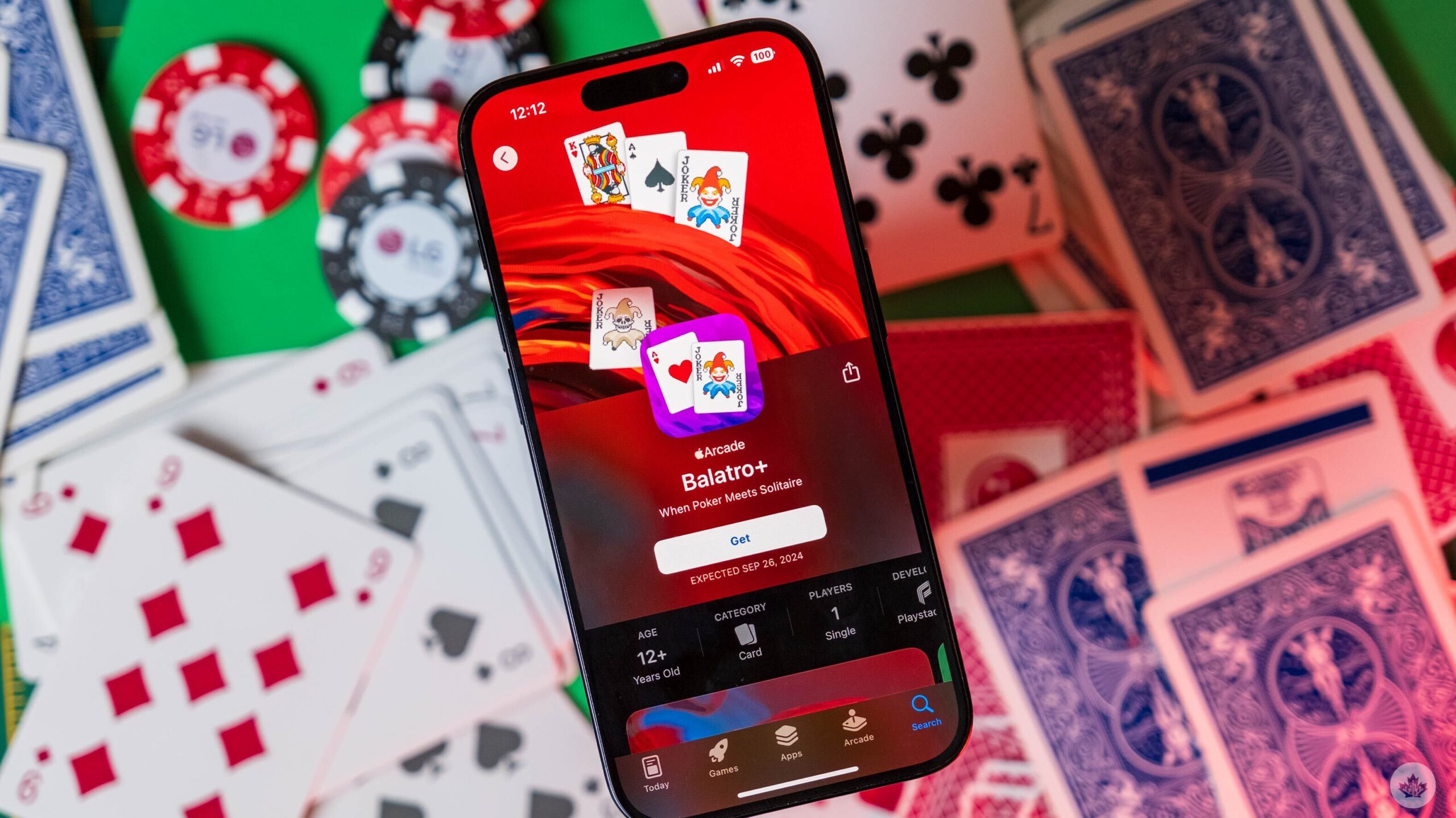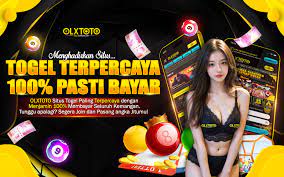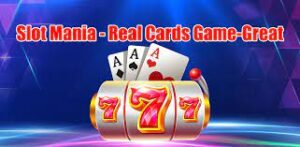Among the deck of 52 playing cards that have become a staple of games and entertainment worldwide, one card stands out for its unpredictability, versatility, and often mysterious aura—the jokercard.ca balance. Unlike the numbered and face cards that serve specific functions in card games, the Joker card is a wildcard, both figuratively and literally. But what is it about this card that has captured imaginations for centuries? Let’s delve into the rich history and symbolic significance of the Joker, as well as its unique place in various forms of art and entertainment.
Origins of the Joker Card
The Joker is a relatively recent addition to the deck of cards, tracing its origins back to the mid-19th century in America. It was first introduced as part of the card game Euchre, which was quite popular at the time. In Euchre, an extra card was needed as the highest trump card, originally called the “Best Bower” or “Imperial Bower.” This card eventually evolved into what we now know as the Joker. The term “Joker” likely came from the German word “Jucker,” a variant name for Euchre itself.
As Euchre declined in popularity, the Joker card was incorporated into other games, becoming a versatile wild card. Its ability to take on various roles in different games led to the card’s association with chaos, unpredictability, and adaptability—qualities that have contributed to its enduring mystique.
Symbolism and Interpretation
The Joker’s symbolic significance is as varied as the games it appears in. One of the most compelling aspects of the Joker card is its duality. It can be the most powerful card in a game or the weakest, depending on the rules. This ambiguity makes it a symbol of paradox, representing both order and disorder, strength and vulnerability.
In a broader context, the Joker is often seen as a trickster figure, similar to the Fool in the Tarot deck. Both characters share qualities of unpredictability, wit, and the ability to challenge conventional wisdom. Like the Fool, who can travel freely between different realms of existence, the Joker has no fixed role, embodying both freedom and chaos.
The Joker in Pop Culture
The Joker card has transcended the world of playing cards and become a significant figure in pop culture, most notably through the iconic Batman villain, the Joker. This character, with his anarchic worldview and penchant for chaos, is a vivid embodiment of the card’s unpredictable nature. He’s a villain without clear motives, always playing his own game, which makes him as fascinating as he is terrifying.
But the Joker card’s influence goes beyond just comic books. It frequently appears in literature, movies, and television shows as a metaphor for unpredictability or the human capacity for change. In the world of gambling, for example, the Joker represents both luck and risk, embodying the tension between chance and strategy.
Use of the Joker in Modern Games
In modern card games, the Joker is often used as a wild card, which can be substituted for any other card in games like poker or rummy. Its inclusion adds an element of surprise and strategy, as players must consider how to best utilize this flexible card to their advantage.
Beyond card games, the Joker has found a place in board games and collectible card games. In these contexts, it is often used to symbolize a wild, unpredictable force that can either make or break a player’s success. Its very presence forces players to adapt, think creatively, and embrace uncertainty—qualities that mirror life itself.
The Joker as an Artistic Icon
The Joker card has long been a canvas for artists to experiment with different designs, making it one of the most visually varied cards in any deck. The character depicted on the Joker often wears a jester’s hat and has a mischievous grin, but over the years, artists have reimagined the Joker in countless ways, reflecting different cultures, eras, and moods.
Some Jokers are playful and lighthearted, while others are darker, hinting at the card’s more sinister, unpredictable aspects. This wide range of interpretations makes the Joker card not only a functional part of the deck but also an object of aesthetic and symbolic interest.
Conclusion
The Joker card, with its origins in 19th-century American card games, has grown to symbolize far more than just a wild card in a deck. Its rich symbolism, duality, and versatility have allowed it to transcend its original purpose, finding a place in art, literature, and pop culture. Whether it represents chaos or creativity, luck or risk, the Joker remains one of the most enigmatic and powerful symbols in the world of cards.
It reminds us that, in both games and life, the unexpected can be either a challenge or an opportunity—and sometimes both.




